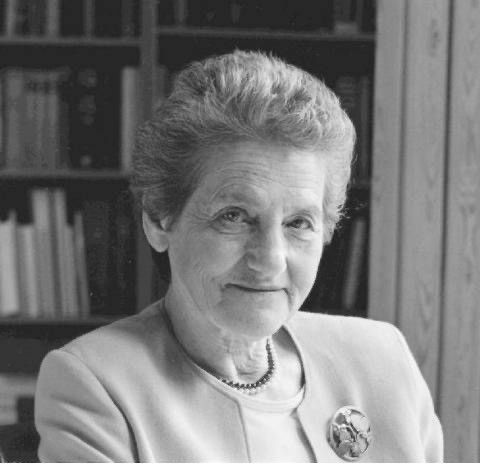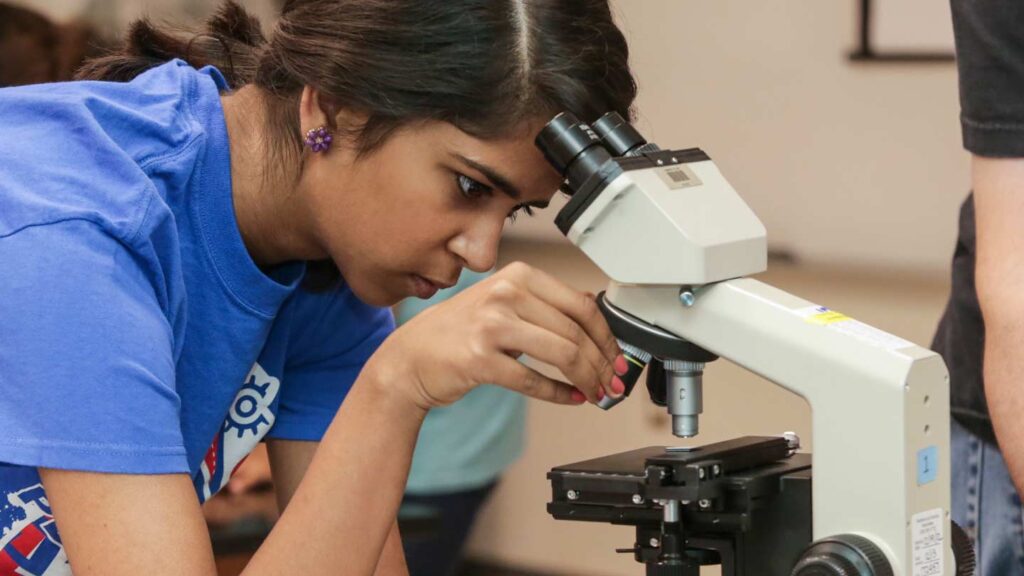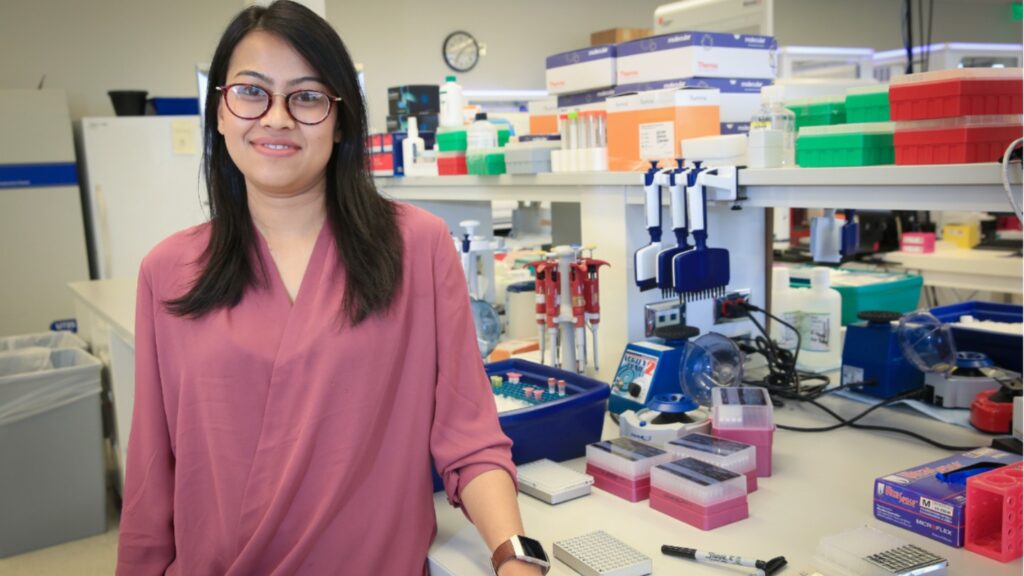
My laboratory is deciphering the structure-based catalytic mechanism of our own characterized family I archaeal Inorganic Pyrophosphatase (IPPase) from the hyperthermophilic archaeon Thermococcus thioreducens. This work is funded by CASIS and it has been an extended study from our past extremophilic work and methodology development of growing large protein crystals for neutron crystallography. Obtaining large volume protein crystals (greater than 1mm3) is the limiting parameter in Neutron Macromolecular Crystallography (NMC), the only known method to definitively locate hydrogen atoms in biological structures. Presently, there is very little or no knowledge of the location of hydrogen atoms (~50% of the protein’s atoms) and water molecules in greater than 90% of known structures. The aim of this research part is to employ the counter-diffusion crystallization process (part of my lab’s past methodology application for X-ray & neutron crystallography in collaboration with Juan M. Garcia-Ruiz) in capillary vessels having diameters ≥1mm3 to grow suitable large volume IPPase crystals. This study aims to investigate the hypothesis that hydrolysis of inorganic pyrophosphate catalyzed by IPPase proceeds via direct phosphoryl transfer to water via an intricate hydrogen relay system in the catalytic site without the formation of a phosphorylated enzyme intermediate. The hypothesized catalytic mechanism is based on the visualization of five existing high resolution X-ray and one low resolution neutron crystallographic structures of the IPPase determined by our laboratory. These structures include IPPase bound to Mg+2, Ca+2, Br–, and SO2-3 in the active site showing the presence and absence of the non-hydrolyzed and hydrolyzed pyrophosphate. We are presently pursuing the neutron crystallographic structures of those complexes already determined by X-ray crystallography to visualize the location of their hydrogen atoms and determine their role in catalysis.







